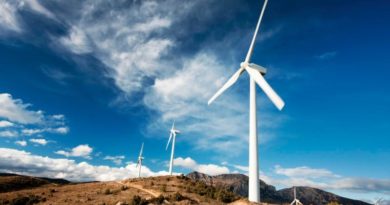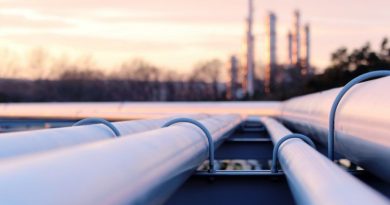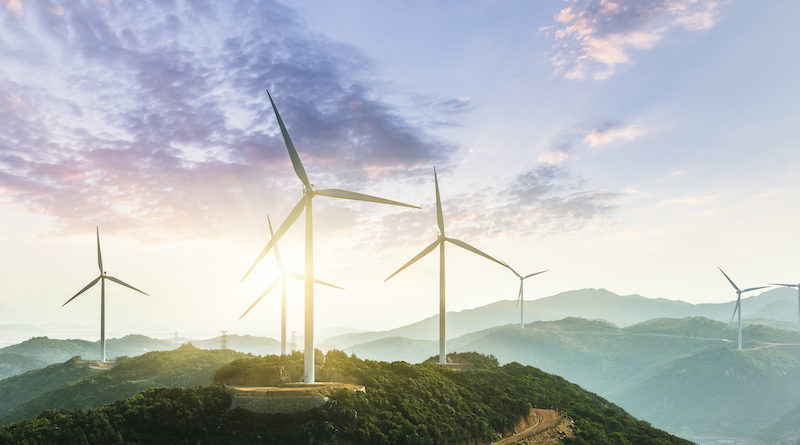
Old Sector – New Role
The European fertilizer industry is standing at the dawn of becoming an essential player in the climate effort.
The fertilizer industry is well known as the ammonia industry since ammonia is the main building block for all nitrogen fertilizers. Ammonia is produced by combining hydrogen with nitrogen from the air, and the industry is currently producing and using about 40 % of the total amount of hydrogen.
If the hydrogen is based on renewable energy, then the ammonia is also green.
With the share of hydrogen in Europe’ energy mix projected to grow from less than 2% today to 13-14% by 2050, the open question quickly becomes how best to store and transport this hydrogen.
Unlike hydrogen, ammonia doesn’t have to be stored in high-pressure tanks and it has 10 the energy density of a lithium-ion battery, making it an obvious future energy carrier. Ammonia will become the workhorse of the hydrogen economy.
Precision farming, including decision making support tools, has created new perspectives for fertilizers use in agriculture. Such technologies will drastically reduce losses to the environment while maintaining the necessary productivity to feed the global population.
Green fertilizers based on green ammonia will in themselves help decarbonise the agricultural sector.
Green ammonia as the workhorse of the EU Hydrogen Economy
Although it might seem a paradox, ammonia is a better hydrogen carrier than hydrogen itself. Hydrogen liquifies only at the extremely low temperature of -253 degrees, whereas ammonia liquifies at -33°C and can be handled easily, similarly to liquified natural gas. Storing hydrogen under pressure is also possible but again, for the same volume, ammonia has a 50% more hydrogen than hydrogen itself. Therefore, when hydrogen is needed, it makes more economical sense to transform, transport and use it as ammonia, unless the hydrogen is produced and used on site.
The ammonia molecule is also one of the best alternatives for the mid/long-term storage of electricity as a chemical energy. As such, it can be used in buffering a renewables-based electricity system by transforming electricity into hydrogen/ammonia when renewable energy is abundant and cheap. It than can be used to produce electricity when needed.
The role as energy carrier can start by attaching itself to the existing ammonia storage and transport network that serves the industrial market, which will greatly enhance the value in the transition. In the longer perspective new storage facilities and an extended transport network will have to be built.
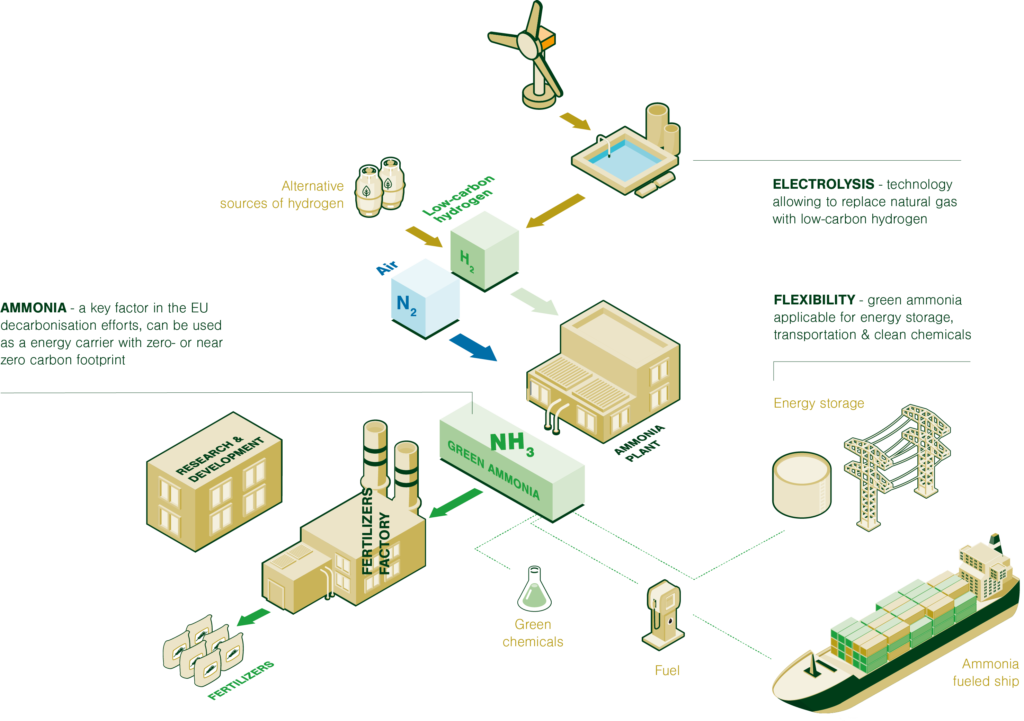
Step by step transition
Rome was not built in a day, and neither will a decarbonized industry.
‘Green ammonia’ production is based on green electricity where hydrogen is produced via electrolysis. This process is very energy intensive. If fully covered by renewable electricity, the energy demand of the fertilizer industry would be similar to the annual electricity demand of Poland.
It is no surprise that the transition will be done in smaller steps building on the present production capacity and adding more and more green ammonia to the present gey ammonia.
‘Blue ammonia’ is not carbon free, but the CO₂ produced is captured and stored underground. It will therefore be climate neutral production and it certainly has its role in the transition of the fertilizer industry. Especially in areas of Europe where there is less wind and solar power.
Decarbonising international shipping
Several alternative fuels are emerging to break shipping industry’s reliance on fossil fuels. A recent survey of shipping sector stakeholders by Lloyd’s List – the maritime publication – identified ammonia as one of the top three alternative fuels. In practice, ammonia is the only carbon free fuel. As such, it brings the promise to decarbonise the maritime shipping sector reducing its emissions by 95% by 2035 when demand could reach about 1 million tonnes of ammonia per day. Indeed, with limited modifications and technology improvements, ammonia could be directly used in combustion engines of deep-sea vessels.
Reducing the carbon footprint in agriculture
Fertilizers are an important part of the carbon footprint of arable farming. This footprint can be reduced by much more precise and variable application of fertilizers. The improvement depends on availability of machinery that can use GPS and mapping technologies for precise application. Decision making support tools helping farmers make the right fertilizing decision based on the plant’s nutrient needs are also becoming commonplace.
The last element is improvement in the fertilizer products themselves as they need to become more targeted. In all areas, major progress has been made over the last few years.
On top of this comes that fertilizers produced from green ammonia has no carbon footprint and that in itself will be a major contribution towards making agriculture climate neutral.
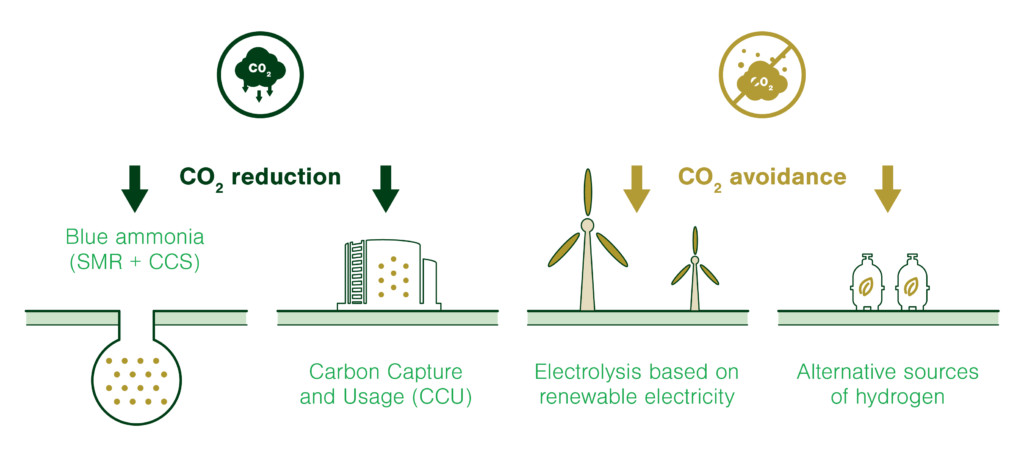
What needs to be done to unlock huge potential of green ammonia and advance the transition?
Production of green ammonia and low-carbon fertilizers is very energy intensive. Additionally, green energy is still considerably more expensive than natural gas making the production of green hydrogen uneconomic. The pre-condition for moving ahead is abundant amounts of competitively priced renewable energy.
As renewable energy and hydrogen are to play an increasingly important role in powering the EU economy, ammonia should be recognised as an important way to store and transport hydrogen in energy systems. Policies must include ammonia in decarbonisation efforts, through support for research and pilot projects.
Another major obstacle faced by frontrunners who invest in green ammonia is the cost of production, which is currently estimated to be two to four times as expensive as that of conventional ammonia. Financial support, especially for early movers investing in capital-intensive green ammonia production, will be vital.


